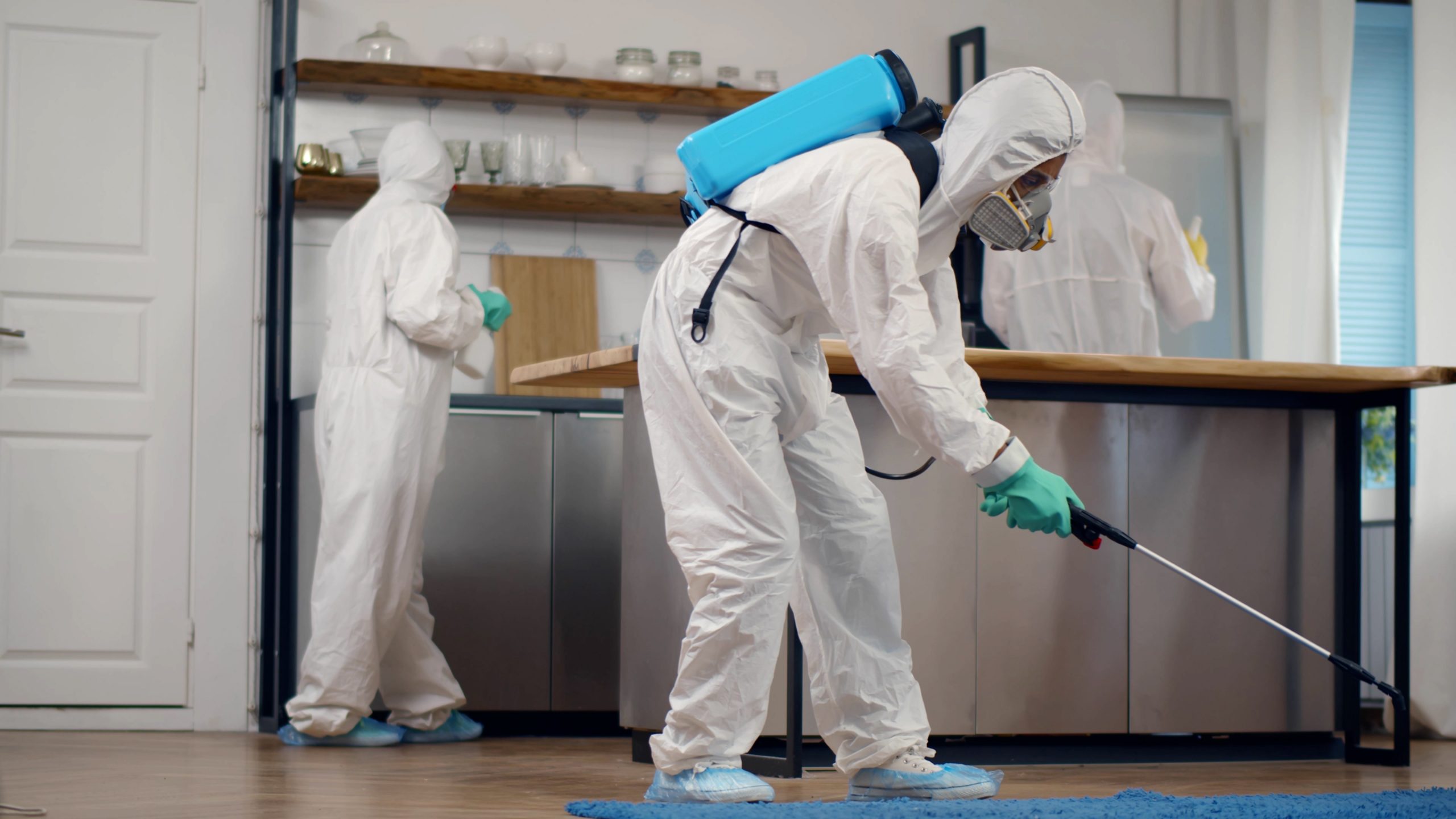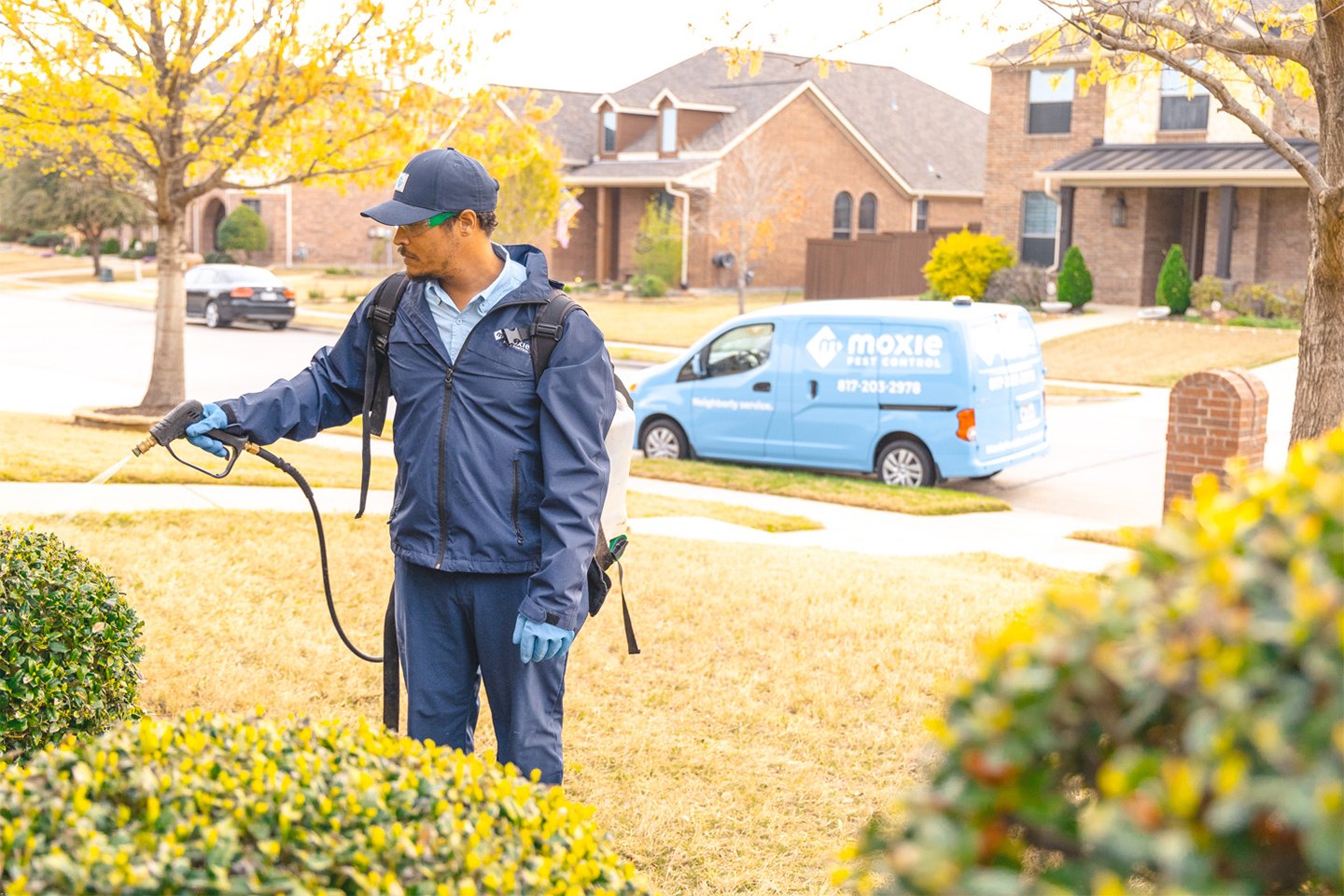Pest Control 101: Identifying Common Pests and Their Effective Treatments
Bug control is a basic aspect of maintaining a healthy and balanced living environment. Usual bugs like ants, rats, and different pests can pose considerable obstacles. Understanding their actions and indications of problem is vital for reliable management. While chemical solutions exist, there are also all-natural options worth taking into consideration. As one explores the nuances of bug identification and treatment alternatives, the relevance of prevention strategies becomes progressively obvious. What techniques can genuinely keep parasites at bay?
Identifying Ants: Kinds and Their Habitats
Ants, tiny yet awesome pests, are a varied group that can be found in numerous environments across the globe. There are over 12,000 determined types, each exhibiting unique actions and adaptations. Common kinds consist of the black garden ant, which prospers in pleasant locations, and the fire ant, recognized for its excruciating sting, prevalent in warmer regions. Carpenter ants like damp timber, making them a worry for house owners, while odorous home ants are brought in to human food sources.
Ants build intricate nests, usually below ground, in timber, or within frameworks. Their habitats range from woodlands to city settings, showcasing their flexibility. Most species are social, staying in colonies that can differ in size from a couple of dozen to millions. Identifying the kind of ant is vital for reliable pest monitoring, as each types has various nesting routines and foraging habits that influence control techniques. Comprehending their environments help in prevention and therapy initiatives.
Recognizing Rodents: Indicators of Invasion
Rats, like ants, can pose substantial obstacles for home owners and organizations alike. Identifying indications of an infestation is vital for reliable bug control. Typical signs include droppings, which are often discovered near food resources or nesting areas; little, dark pellets that can be misinterpreted for seeds. Eaten cords, furnishings, or packaging might likewise signal a rodent existence, as they continually gnaw to maintain their teeth manageable. Additionally, house owners might see gnaw marks on walls or wall surfaces. Undesirable odors, coming from urine and droppings, can suggest a bigger trouble. Scratching or scurrying sounds, particularly in the evening, are one more telltale indication of rats. The existence of nests, typically made up of shredded products like paper or material, can validate a problem. Resolving these signs without delay can help minimize damages and avoid the spread of diseases associated with rats.
Usual Bug Pests: From Aphids to Termites
Pests represent a varied team of pests that can unleash chaos in homes and gardens, with species ranging from small aphids to destructive termites. Aphids are small, sap-sucking pests that can quickly infest plants, leading to stunted growth and distortion. They often bring in ants, which secure them from all-natural predators. On the other end of the range, termites are notorious for creating substantial architectural damage to wooden structures. They eat cellulose found in timber, jeopardizing the stability of homes and structures. Various other usual pest parasites include roaches, which prosper in unsanitary problems, and vermins, understood for their attacks and difficulty in obliteration. Flies, particularly houseflies, can contaminate food and send illness, while mosquitoes posture health and wellness dangers with their attacks. Reliable bug monitoring starts with identifying these pests and recognizing their habits, which is essential for protecting against problems and shielding both home and health.
Efficient Treatments: Chemical and Natural Solutions
While home owners frequently look for prompt alleviation from pest problems, choosing the best therapy-- whether chemical or all-natural-- needs mindful consideration of performance and security. Chemical options, such as pesticides and chemicals, can give rapid outcomes however usually lug dangers, consisting of potential injury to non-target species and ecological issues. Home owners must check out tags, adhere to application guidelines, and consider the timing of treatments to reduce dangers.
Alternatively, natural options, such as diatomaceous earth, vital oils, or homemade catches, interest those seeking environment-friendly alternatives. Although they may take longer to show outcomes, my sources several all-natural therapies are much read this article safer for households with youngsters and pets - Pest Control Homestead. Integrated insect administration, which combines both chemical and natural methods, can additionally work. Eventually, the selection in between these therapy kinds must straighten with the intensity of the infestation, personal values relating to security, and the specific parasite being targeted
Prevention Techniques: Keeping Your Home Pest-Free

Furthermore, correct landscape design can deter parasites; maintaining hedges cut and eliminating debris from the lawn minimizes concealing places. Homeowners must additionally think about moisture control, as lots of bugs grow in damp conditions. Repairing leakages and ensuring correct water drainage can reduce this threat. Employing natural deterrents, such as essential oils or diatomaceous earth, can develop an undesirable atmosphere for pests. By applying these approaches, individuals can create a pest-free home and lower the likelihood of future invasions.
Frequently Asked Inquiries
Exactly how Do I Know if I Have a Pest Issue?
Signs of an insect problem consist of droppings, munch marks, nests, or uncommon sounds. Observing damaged food or building, as well as inexplicable bites or rashes, may likewise indicate the visibility of bugs in the environment.
Exist Any Kind Of Seasonal Bug Trends to Be Familiar with?

Can Indoor Plant Kingdom Draw In Parasites?
Interior plants can without a doubt attract parasites, as they supply a suitable environment for bugs like aphids and crawler mites. Pest Control Homestead. Correct treatment and normal assessment are necessary to protect against infestations and keep plant health
What Are the Health Dangers Related To Parasite Infestations?
Bug infestations posture various health and wellness dangers, including allergic reactions, respiratory issues, and the spread of diseases. Direct exposure to bugs like rats and insects can cause infections, attacks, and contamination of food and living settings.
Just how Usually Should I Evaluate My Home for Bugs?
Normal evaluations should occur at the very least once every period, guaranteeing any type of signs of pest task are detected early. Home owners may readjust regularity based upon their details atmosphere and previous parasite problems. Consistency is vital.
Usual pests like ants, rats, and different insects can posture significant challenges. Recognizing the kind of ant is important for efficient bug monitoring, as each varieties has different nesting practices and foraging actions that influence control techniques. While homeowners typically look for immediate alleviation from insect invasions, picking the best treatment-- whether chemical or all-natural-- requires mindful factor to consider of efficiency and security. Efficient bug control prolongs past prompt treatments; it also involves aggressive measures to protect against invasions prior to they start. Seasonal pest fads typically include enhanced rodent task in autumn as they seek warmth, while springtime normally brings an influx of ants and termites.